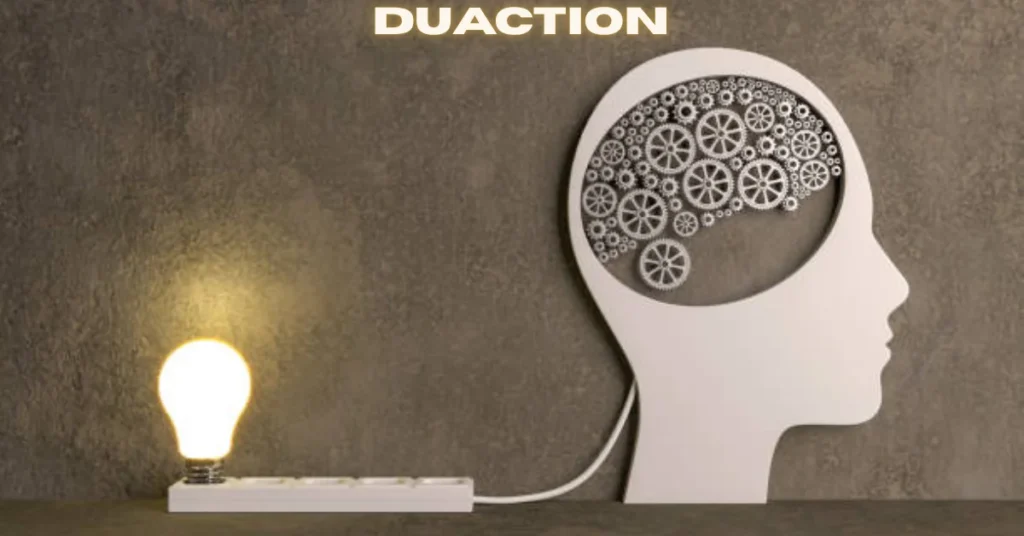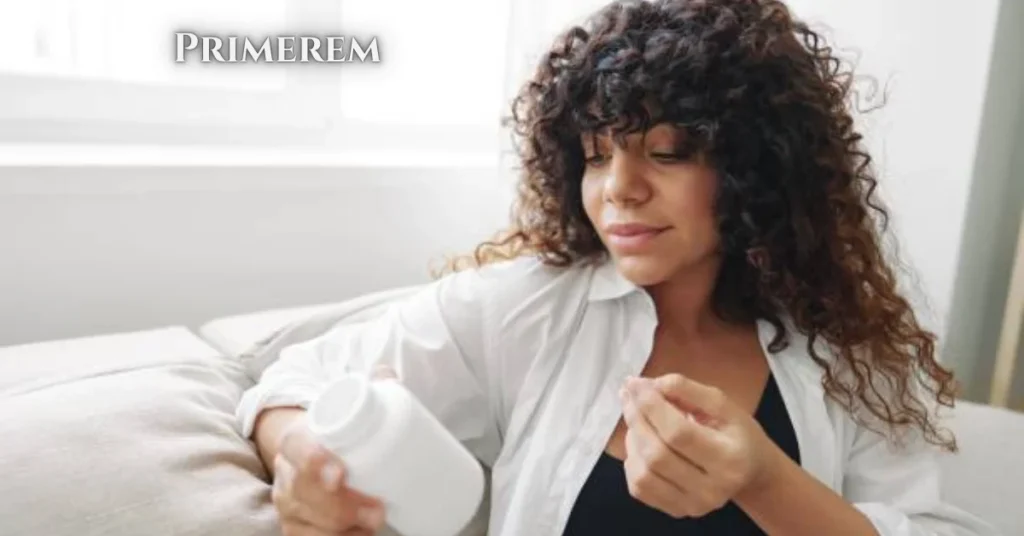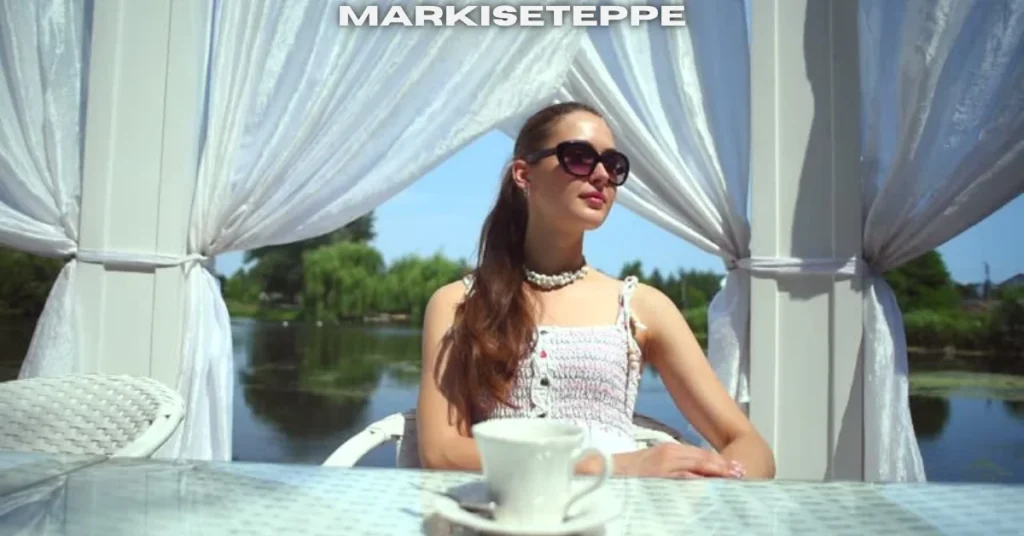Picture a classroom where students lean in, ask questions, test ideas and bring lessons to life. That’s the promise behind Duaction. It’s not just another trendy term but a fresh way to make learning stick. For years, most schools leaned on lectures and memorization. Duaction flips that script by putting kids in the driver’s seat. If you’re curious how this idea works and why more teachers are giving it a shot, let’s break it down.
What Makes Duaction Stand Out
Duaction is simple in spirit but powerful in practice. Instead of students just soaking in facts, they tackle problems, test solutions and share ideas. In a traditional class, you might sit quietly while the teacher explains a concept. With Duaction, you dig in through group projects, real-world tasks and debates that sharpen how you think.
This isn’t about tossing out every old method. Facts still matter, but Duaction says facts mean more when you test them in action. When kids connect ideas to daily life, they remember more and care more. That’s where this style shines.
Why Students Thrive with Duaction
Ask any student what they like best about school and you’ll rarely hear “long lectures.” Duaction brings energy back by giving students a bigger role. They learn how to think, not just what to think. Kids learn to ask better questions, talk things out and see different sides of an issue.
Another win is teamwork. In Duaction lessons, students often pair up or work in groups. They share tasks, explain things to each other and pick up soft skills that help outside the classroom too. Even shy kids find their voice when they build something or solve a puzzle with classmates.
And because Duaction uses real examples, learning feels useful. Instead of memorizing facts for an exam and forgetting them next week, students see how math, science or reading matter in real life. This link keeps them curious and motivated.
How Duaction Looks in Real Classrooms
So what does all this look like day to day? In science, students might test soil samples from the school yard instead of only reading about ecosystems. In language arts, they could write and act out scenes from a novel instead of just summarizing it. Math lessons might use cooking or budgeting to teach numbers and logic.
Tech also helps. Many classrooms add virtual reality, online games or design apps. Kids can build models, run simulations or join global projects without leaving their desks.
Art teachers love Duaction too. They turn big empty walls into student murals. Kids plan, paint and explain their ideas to visitors. These projects stick in young minds longer than any quiz.
Where Duaction Hits Bumps
Of course, Duaction doesn’t snap into place overnight. Teachers need time and training to get comfy with new ways to plan lessons. Some schools lack updated tools or flexible spaces for hands-on work.
Time crunches matter too. Big tests still push teachers to cover lots fast, which can squeeze out time for deep dives or projects.
Parents sometimes worry about how to help at home. Not every family knows how to guide active learning after school hours.
No system is perfect. But the goal is balance. Many schools find small steps—like adding one group project a week—work better than overhauling every lesson at once.
How Teachers and Parents Make It Work
Duaction lives or dies by the grownups around it. Teachers lead the charge by setting up activities, picking real-world topics and helping kids talk through mistakes. They need trust from schools to experiment and adjust on the fly.
Parents help too, even with simple stuff. Cooking together, growing a garden or fixing a bike can turn an everyday moment into a mini-lesson. Asking open-ended questions like “What do you think will happen if we try this?” keeps curiosity alive outside school.
When teachers and parents stay in touch, kids see the same message everywhere: learning isn’t just for school, it’s part of life.
What the Future Could Look Like
Schools already shifting to Duaction hint at what tomorrow’s classrooms might be. Standardized tests may shrink in power. More kids could show what they know through projects, debates or portfolios. Tech will play a bigger role too, letting kids tour museums online or join digital science labs.
Students trained in Duaction will step into jobs needing problem solvers, team players and creative thinkers. These skills aren’t extra anymore—they’re what help people stand out.
Start Small, Grow Big
For families and schools wondering where to begin, the best advice is to start small. Try a single hands-on lesson or one weekend project. Let kids guide part of the plan. Listen when they talk about what clicks and what feels dull. Bit by bit, those moments add up to a culture shift.
Duaction works best when everyone buys in. Teachers, parents, kids—they all share the job. The reward is huge: classrooms buzzing with ideas, students who ask “why” and “what if” instead of just “what’s the answer.”
A New Chapter for Learning
Duaction isn’t magic but it does tap into something timeless. Kids have always learned best by doing, not just sitting. By welcoming that spark into everyday lessons, schools can raise a generation ready for a world that keeps changing fast.









Got a Questions?
Find us on Socials or Contact us and we’ll get back to you as soon as possible.